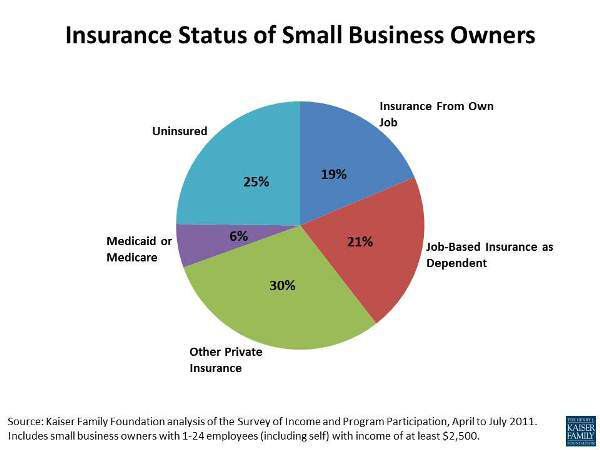Baeugi News Hub
Your source for the latest news and insightful articles.
The Small Business Safety Net: Are You Covered Enough?
Discover essential tips to ensure your small business is fully protected. Don't leave your safety to chance—are you covered enough?
Understanding Business Insurance: What Every Small Business Owner Should Know
Understanding business insurance is crucial for every small business owner as it serves as a safety net against potential risks and liabilities. Business insurance can protect against a variety of situations, from property damage to employee injuries. There are several types of coverage available, including general liability insurance, which protects against third-party claims, and business interruption insurance, which helps cover lost income during unforeseen events. Understanding these options can help business owners make informed decisions about their coverage needs.
When selecting the right policy, small business owners should consider factors such as the size of their business, the industry they operate in, and the specific risks they may face. For example, professional liability insurance is vital for those in service industries, as it protects against claims of negligence. It's also important to periodically review and update your insurance coverage to ensure it aligns with the growth and changes within your business. For more in-depth information, check out Insureon, which offers valuable resources tailored to small business insurance needs.

Are You Protected? A Comprehensive Guide to Small Business Safety Nets
In today's volatile market, it's crucial for small enterprises to have robust safety nets in place. A strong safety net not only helps safeguard against unexpected financial downturns but also ensures that your business can weather various challenges. Are you protected? Here are some essential elements of a comprehensive safety net for small businesses:
- Insurance Coverage: Invest in general liability, property, and workers' compensation insurance to protect against potential lawsuits and liabilities. For more details on different types of business insurance, visit the SBA guide on business insurance.
- Emergency Funds: Set aside a portion of your profits to build an emergency fund. This fund should ideally cover at least three to six months of operating expenses, ensuring that you can manage cash flow disruptions.
Furthermore, consider leveraging technology to enhance your business's resilience. Implementing tools for regular data backups and cybersecurity measures can mitigate risks associated with data loss and cyber threats. You might also want to explore business continuity planning to ensure that you can rapidly respond to unexpected incidents. Remember, a comprehensive safety net is not just about risk management; it’s about fostering long-term sustainability and growth for your small business.
Top 5 Risks Small Businesses Face and How to Safeguard Against Them
Small businesses face numerous challenges that can threaten their sustainability and growth. Among the top five risks are financial instability, which can arise from insufficient cash flow or unexpected expenses, cybersecurity threats that expose sensitive customer data, competition from larger corporations, regulatory compliance that may become increasingly complex, and employee turnover that disrupts operations. Each of these risks can hinder a small business’s ability to thrive in a competitive landscape. For more insight on the importance of financial planning, you can check out this resource.
To safeguard against these risks, small businesses can implement several proactive strategies. First, establishing a robust financial management system can help monitor cash flow and prepare for unexpected expenses. Regularly updating cybersecurity measures, such as using firewalls and encryption, is also crucial; the SBA offers valuable guidance in this area. Furthermore, conducting market research can help identify competitive advantages, while ensuring compliance with regulations can be managed through legal consultation. Finally, investing in a positive workplace culture can reduce employee turnover, fostering a dedicated workforce.